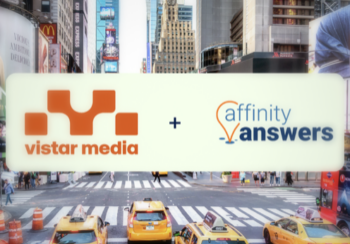The Most Insidious Trap in New Media Targeting
Is it –
- Fuzzy strategy?
- Unclear target segment?
- Bottom fishing for cheap inventory?
While they are all valid issues, the sin that is most insidious and common is aiming for relevance but buying reach instead. Various media research and targeting tools available in the market today make it easy to get reach with some relevance based on demographics or other criteria. This is especially true on mass media such as TV where the measurement currencies use demographics as the main means of selecting audience. In the evolving world of fragmented consumers, this buys you reach but not relevance.
On the digital side, many targeting tools are available such as cookies and keywords that make it possible to select audience based on relevance. However, most such tools are provided by the media companies themselves or by third parties using data supplied by the media company. Their recommendations tend to optimize for reach first, since it serves the need of the media company to sell more reach and the buyer’s willingness to buy that reach provided there is some relevance. The net result is audience optimized for reach first and then relevance.
Programmatic buying methods tend to optimize for cost more than relevance. This is helpful in selecting from a sea of commodity inventory but we are still looking for the relevance needle in the cheap inventory haystack.
So how do we buy relevance and reach on reasonable costs? It turns out that starting with relevance first and then adding reasonably priced reach is a far more effective mechanism than the other way around. This means we are first looking for clusters of inventory that are highly relevant to us and are priced reasonably. Pooling many such clusters together then gives us the reach we need.
This can work regardless of your media or targeting method. For most social and video, you can buy relevance clusters using keywords. For display, you can buy the cookie pools that are mapped for relevance to your target segment. For traditional media such as TV, Radio or Print, you can buy the most relevant choices by mapping the keywords to respective media properties.



Your point of view caught my eye and was very interesting. Thanks. I have a question for you.
I don’t think the title of your article matches the content lol. Just kidding, mainly because I had some doubts after reading the article.
I don’t think the title of your article matches the content lol. Just kidding, mainly because I had some doubts after reading the article.
I don’t think the title of your article matches the content lol. Just kidding, mainly because I had some doubts after reading the article.